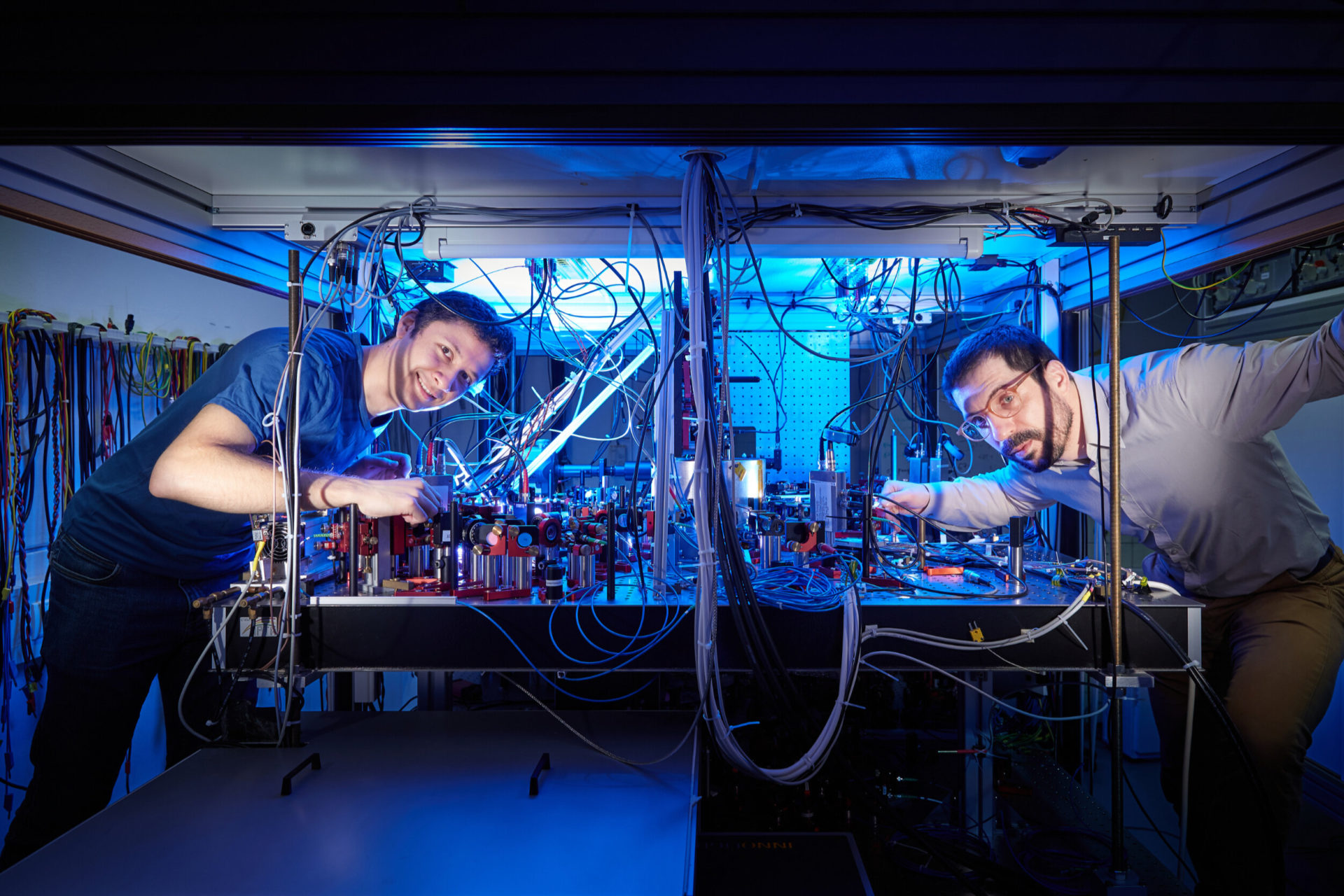
Physicists at the University of Bonn have shown what the speed limit is for complex quantum operations. The fact that there is a speed limit in the microcosm was already theoretically demonstrated by two Soviet physicists, Leonid Mandelstam and Igor Tamm more than 60 years ago.
In their study, the researchers experimentally investigated exactly where this limit lies. They used a cesium atom and two laser beams perfectly superimposed but directed against each other as a tray. This superposition, called interference by physicists, creates a standing wave of light: a sequence of mountains and valleys that initially do not move.
In the case of the transport of an atom, for example, the deeper the valley into which the cesium atom is trapped, the more spread the energies of the quantum states in the valley are, and ultimately the faster the atom can be transported. The study shows that a lower speed limit applies to such processes than that predicted by the two Soviet physicists: It is determined not only by the energy uncertainty, but also by the number of intermediate states. In this way, the work improves the theoretical understanding of complex quantum processes and their constraints.
The results have been published in the journal Physical Review X.
